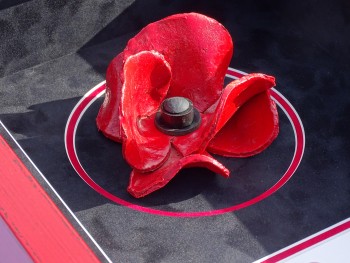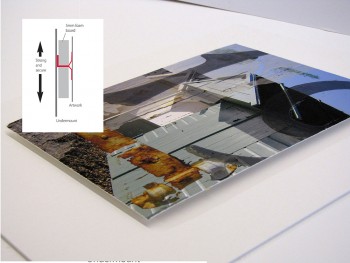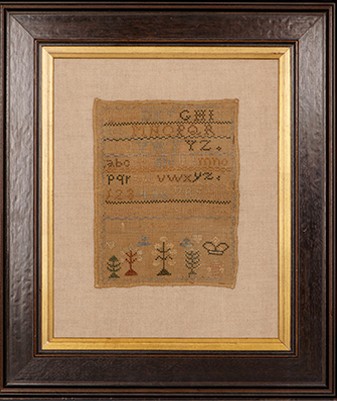
Floating Mughal Artwork
The artwork is one of a pair purchased by myself from an antiquarian bookshop in Grand Bazaar, Istanbul in December 2014. Both are of Mughal design on two thin paper leaves, glued together, taken from an old Arabic book. The first depicts Noah, the ark and the animals coming into the ark two-by-two; the second, the siege of Constantinople in May 1453 by the Ottoman Sultan Mehmed II. The backgrounds are of gold and silver leaf and the paints are pigment derived. Noah’s face is not shown which is normal for saints faces in Mughal and Islamic art.
When framing there were two objectives; first, I wanted to be able to view both sides of the artwork and second, the artwork should appear to be floating with a surrounding border of 20mm. To achieve this I would need to encapsulate the artwork.





